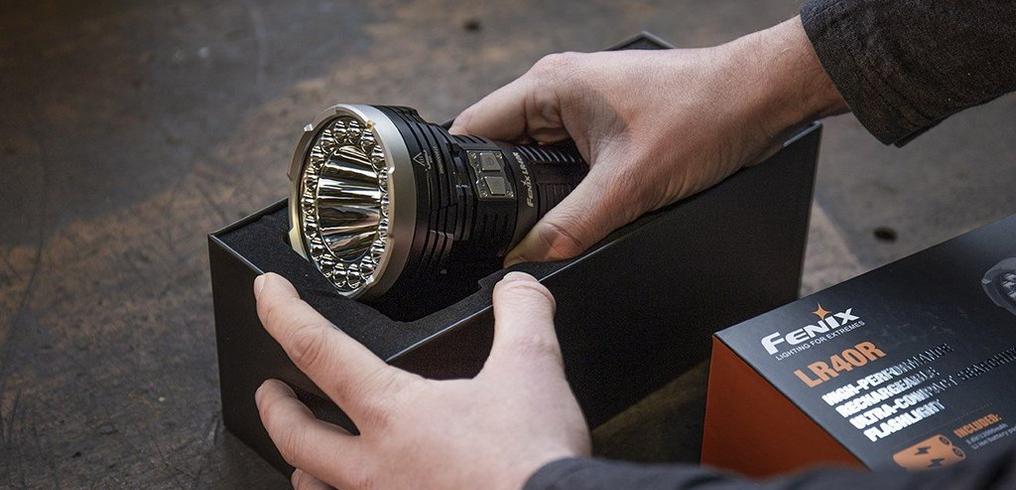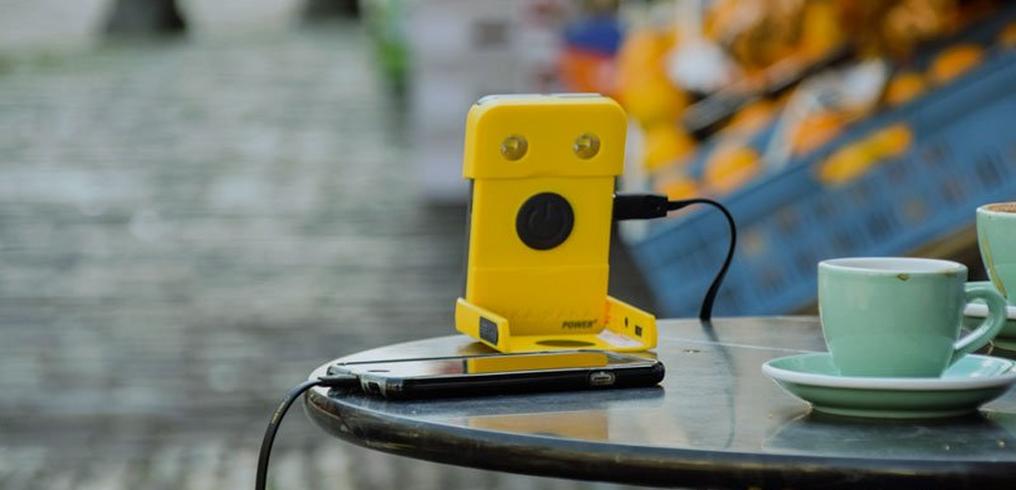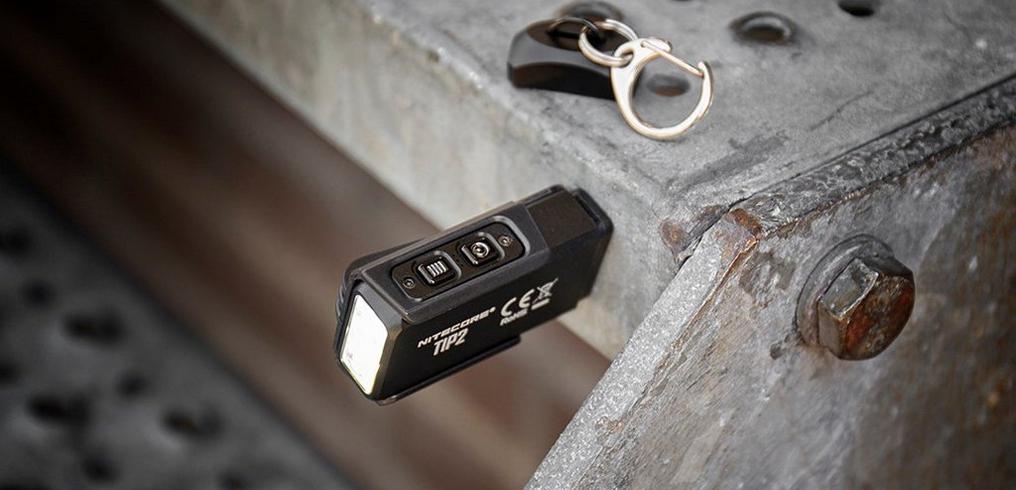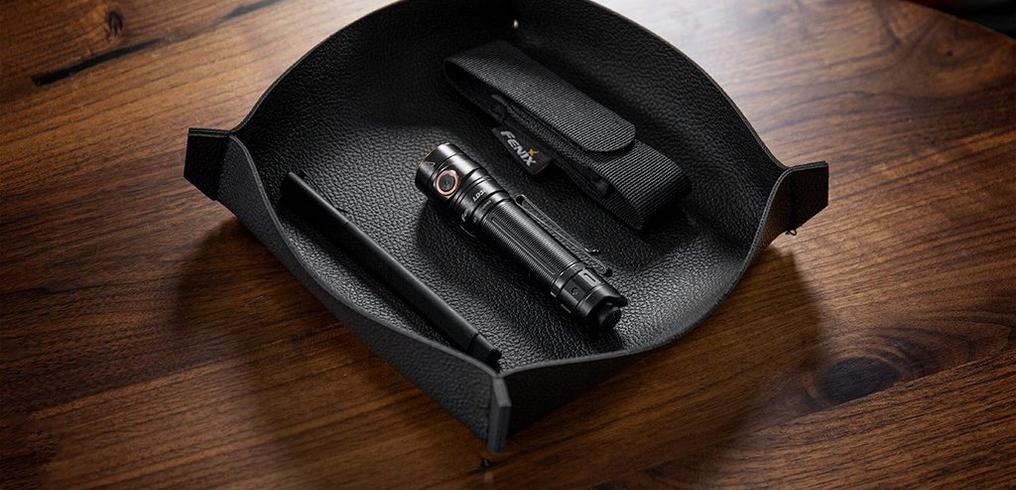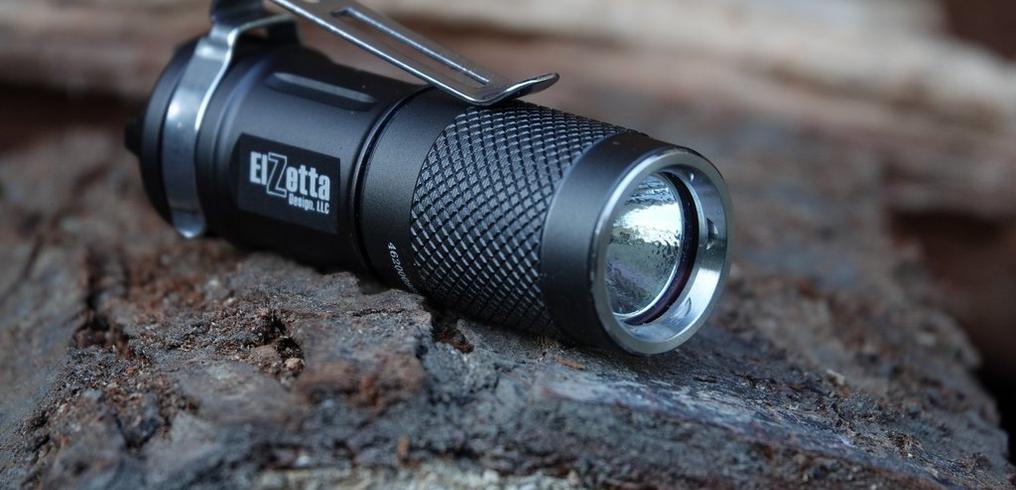Why do alkaline batteries sometimes leak?
Question to Knivesandtools:
The alkaline batteries in my flashlight started leaking. How is that possible?
Answer from Knivesandtools:
Powerful LED flashlights put a strain on the penlite batteries. We measured loads of up to 2.7 Ampère and that is a lot! Alkaline batteries can produce that power for a short time, but their high inner resistance causes them to run out a lot faster than expected and they can heat up.
We have measured temperatures of 64 degrees in a Fenix L2D (type from 2008) and 55 degrees in the newer LD20 models (type from 2011). For the latter, the more modern LED generates less heat which means the batteries don't heat up as much. The high charge and high temperature of the batteries increases the risk of leakage which means leaking batteries in torches occur a lot more often than, for instance, in a clock. Leakage also occurs regularly with A-brands like Duracell and Energizer.
The chances of a battery leaking increase when the batteries stay put in a device, without them being used. Are you not using your flashlight? Always remove the batteries to make sure they cannot start leaking.
Consequences of leaking alkaline batteries
The consequences of leakage can be serious. The alkaline fluid that leaks out of an alkaline battery will seriously damage aluminium. The switch of the flashlight, for instance, can easily be affected. Sometimes torches are even returned with batteries stuck inside because of leakage.
What can you do when your battery leaks?
Once the battery has started leaking you cannot undo this. Remove the battery from the device it is in to make sure it cannot damage it. Always protect your hands and face when doing so.
Place the leaking battery in two plastic bags and hand it in at a collection point or recycling centre. Afterwards it is important to clean up the leak. Different batteries leak different kinds of acid. The voltage listed on the battery will give you a proper indication of which type of battery it is. Alkaline batteries have a voltage to a multiple of 1.5 volts. A lithium battery has a voltage to a multiple of 3 to 3.7 volts. A nickel cadmium battery has a multiple of 1.2 volts and a lead-acid battery a multiple of 3 volts.
Alkaline battery: this type of acid is best to clean with a cotton bud with vinegar or lemon juice. You move it over the places where the battery was leaking. It will neutralize the acid.
Lithium battery: you can simply remove this acid with a moist kitchen towel. For it you can use some tap water.
Nickel cadmium battery or lead-acid battery: the acid in these batteries is strong and can affect many materials. Always use gloves and safety goggles. You cover the leaked acid with baking soda until it stops bubbling. Next you use baking soda and water to remove it. Also put the baking soda in the bag that contains the leaking battery before you properly close it.
Prevent leakage
The best way to prevent leakage is using different batteries. Rechargeable NiMH batteries are the best option. They are powerful and won't leak. Read more about rechargeable NiMH batteries here. Still want to use alkaline batteries? Keep in mind that they start to leak.
That is why you should always remove the batteries from the flashlight when you don't use it and immediately replace empty batteries. Also never mix used batteries with new ones or batteries from different brands. This will increase the risk of leakage.
Properly placing the batteries also helps. First place the negative side and then the positive side. Are you removing the batteries? First remove the positive side followed by the negative side. Always store empty batteries somewhere dry, in places with temperatures up to max. 15 to 17 degrees. Think, for instance, of a basement, garage or cool storage room.
Finally:
Empty batteries are chemical waste. Don't put them in the trash but hand them in at your local DIY store or collection point for chemical waste. Only takes a little effort but will be beneficial to many!
